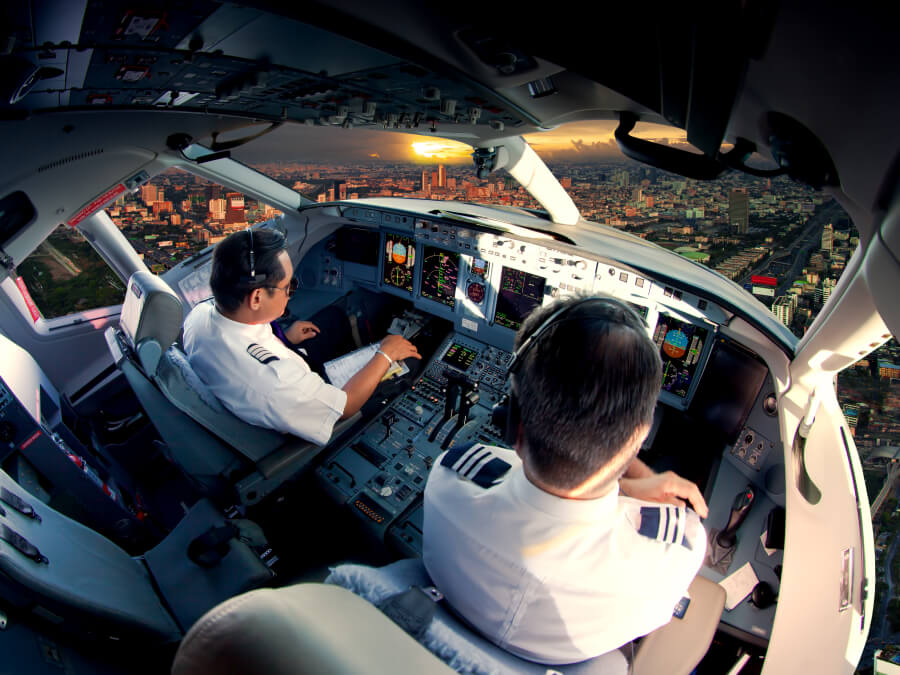Organizations in business aviation often focus only on technical training. Yet an understanding of the human element is crucial from the need for a crew to perform as a tightly coordinated unit on the flight deck to the need for safe synchronous movements in marshalling and repositioning of aircraft on the ramp of a busy FBO. Business aviation will always be challenged with people issues affecting team members, passengers, and clients.
Explore human factors to reduce the occurrence and impact of human error and to optimize human performance in the complex environment of business aviation operations.
- Automation management
- Clarity of mission and goals
- Communication barriers and challenges
- Communication opportunities
- Decision making
- Effects of unconscious bias
- Error chain analysis
- Evaluating options
- Fatigue
- Identifying human conditions
- Personalities
- The role of personal needs
Anticipated Outcome
With help, engagement and support of leadership, here are improvements and results to expect from a Human Factors program:
- Heightened awareness of human factors and safety implications
- Clarity in goals and objectives of human factors
- An engaged and active team
- With long-term programs, a tangible shift in the culture of communication
- An attitude of recognizing the internal customers
- A focus on techniques to manage customers
- Uncover decision making tools
- Implementing communication protocols
- Error chain analysis and awareness
- Ability to unearth elements of human factors
Long term commitments will help ensure the permanency of the culture and behavior.
